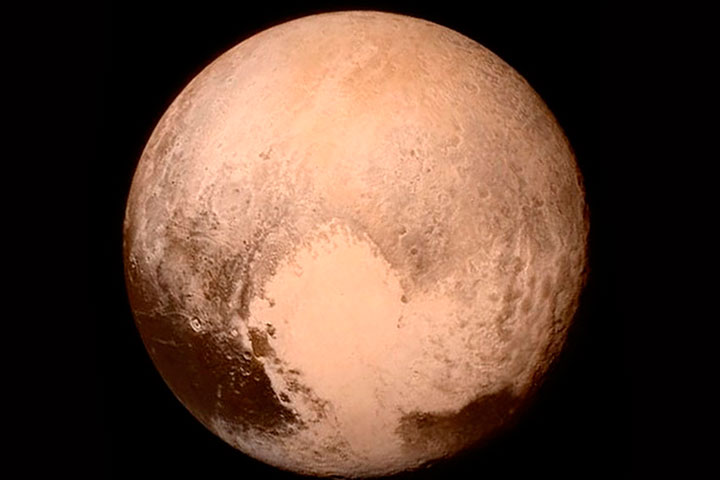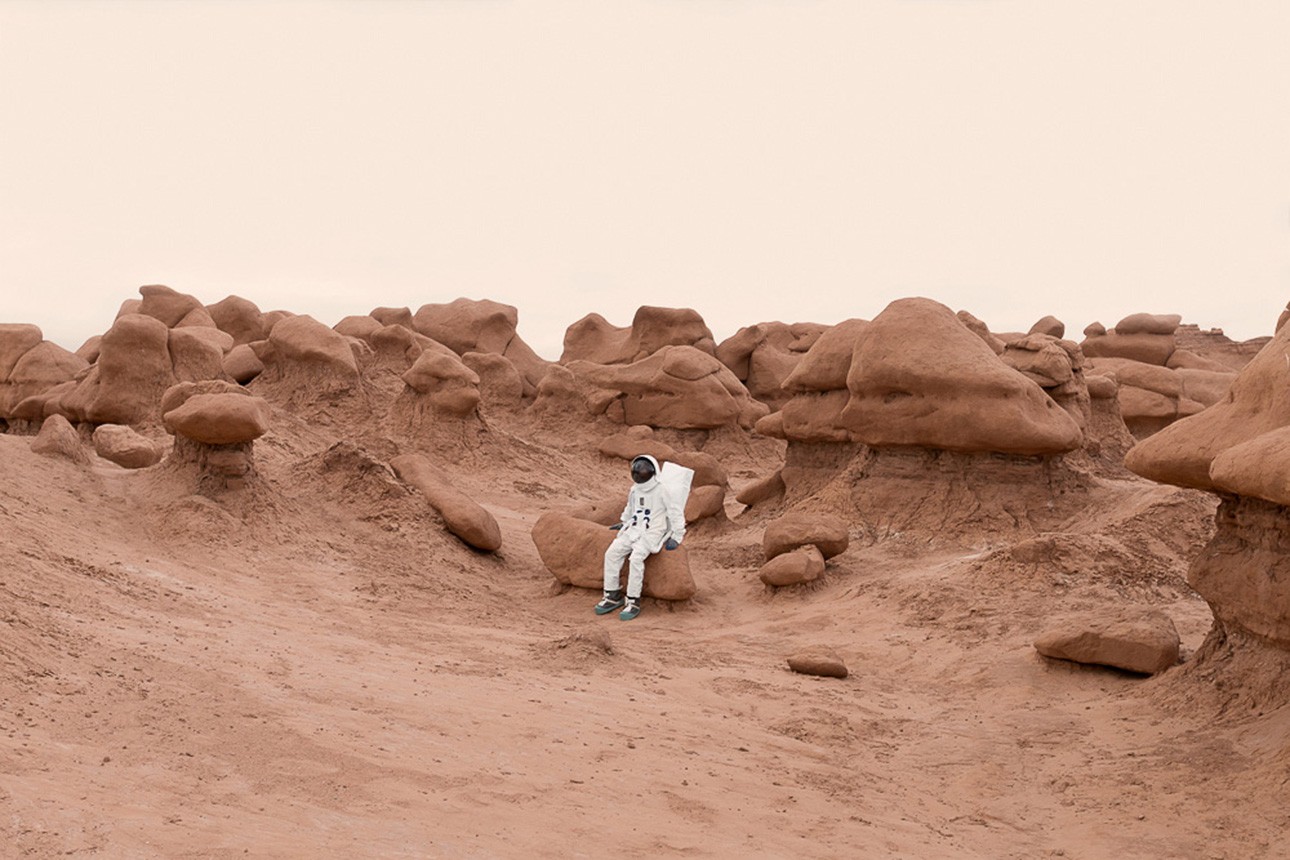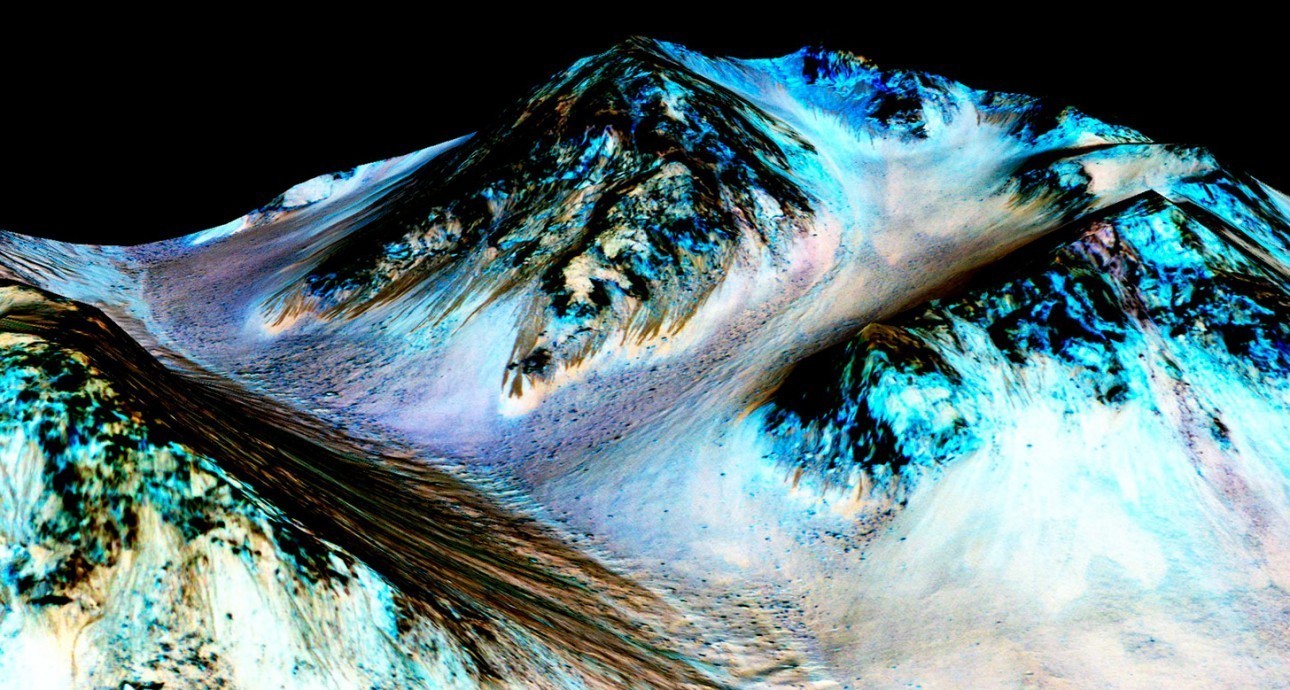
9 Top Scientific Discoveries of the Year
Horizons of the Year
In the early 2000s, even in the clearest pictures taken by Hubble telescope Pluto remained a blurred dot for us. In 2015, New Horizons, an interplanetary space probe, changed this for the better. The new photos of Pluto prove the strength of human curiosity. This image will be remembered for a long time: brown surface of the dwarf planet with a lighter ‘heart’ on the side. In addition to romantic photographs, New Horizons keeps sending to Earth lots of data about things that are going on at the borders of our solar system.

Human of the Year
In September 2015, in SAR Lee Berger found another our ancestor, Homo naledi. He must be the luckiest of modern anthropologists, as this is his second finding in the recent years — before Homo naledi there was also Australopithecus sediba.
One of the versions is that the far dead end of the hard-to-reach cave Rising Star served to ancient people as a burial ground. It is assumed that the discovered remains of 15 individuals may be up to 3 mln years old.
If the hypothesis and the dates are confirmed, we will have to review our understanding of when the first rituals took place.
We are somewhat indebted to social networks for this discovery. The tunnel where the speleologists unexpectedly found the bones was so narrow that the scientists could not extract the remains. Then Lee Berger wrote on Facebook that he was looking for skinny people with a degree who were ready to work in the constrained conditions of a cave. Among the volunteers who responded he chose six young women who he called underground astronauts.
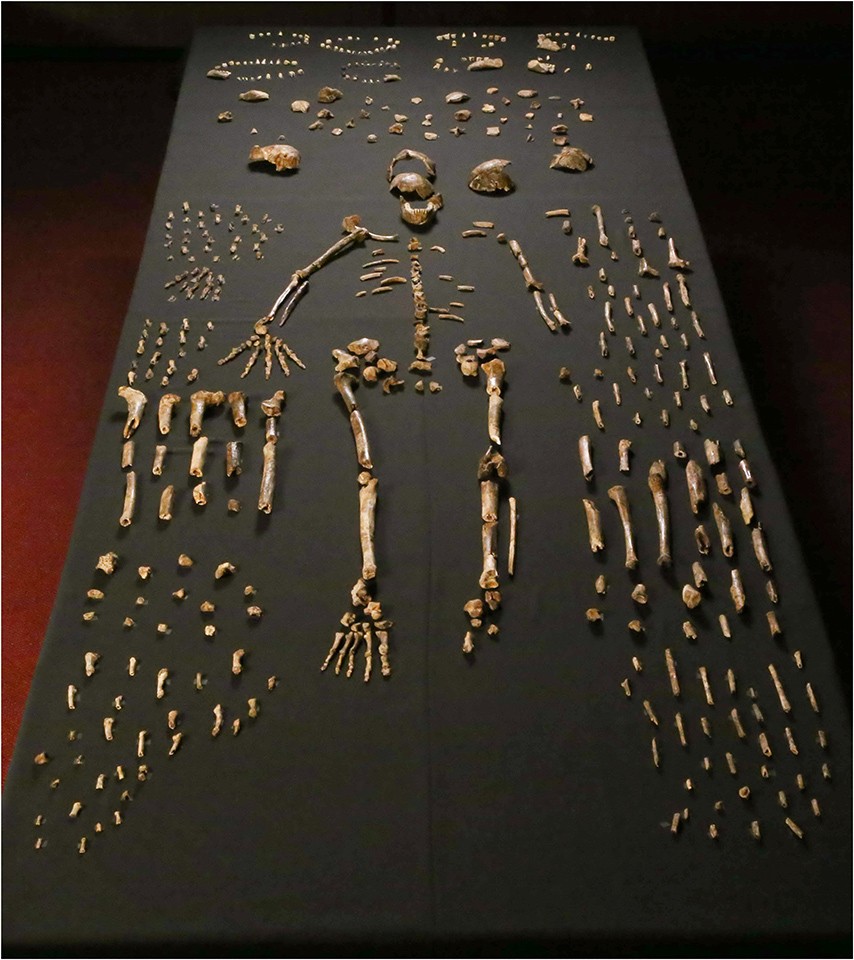
Accident of the Year
The existence of subatomic particles made of five quarks was in theory predicted back in the 1960s. After several unsuccessful attempts of observation they were by pure accident discovered in the Big Hadron Collider. In July, a scientist from LHCb collaboration reported about the formation of pentaquarks after the collision of protons during the experiment on studying the asymmetry of matter and antimatter. As one of CERN physicists said, “we accidentally found something wonderful”.
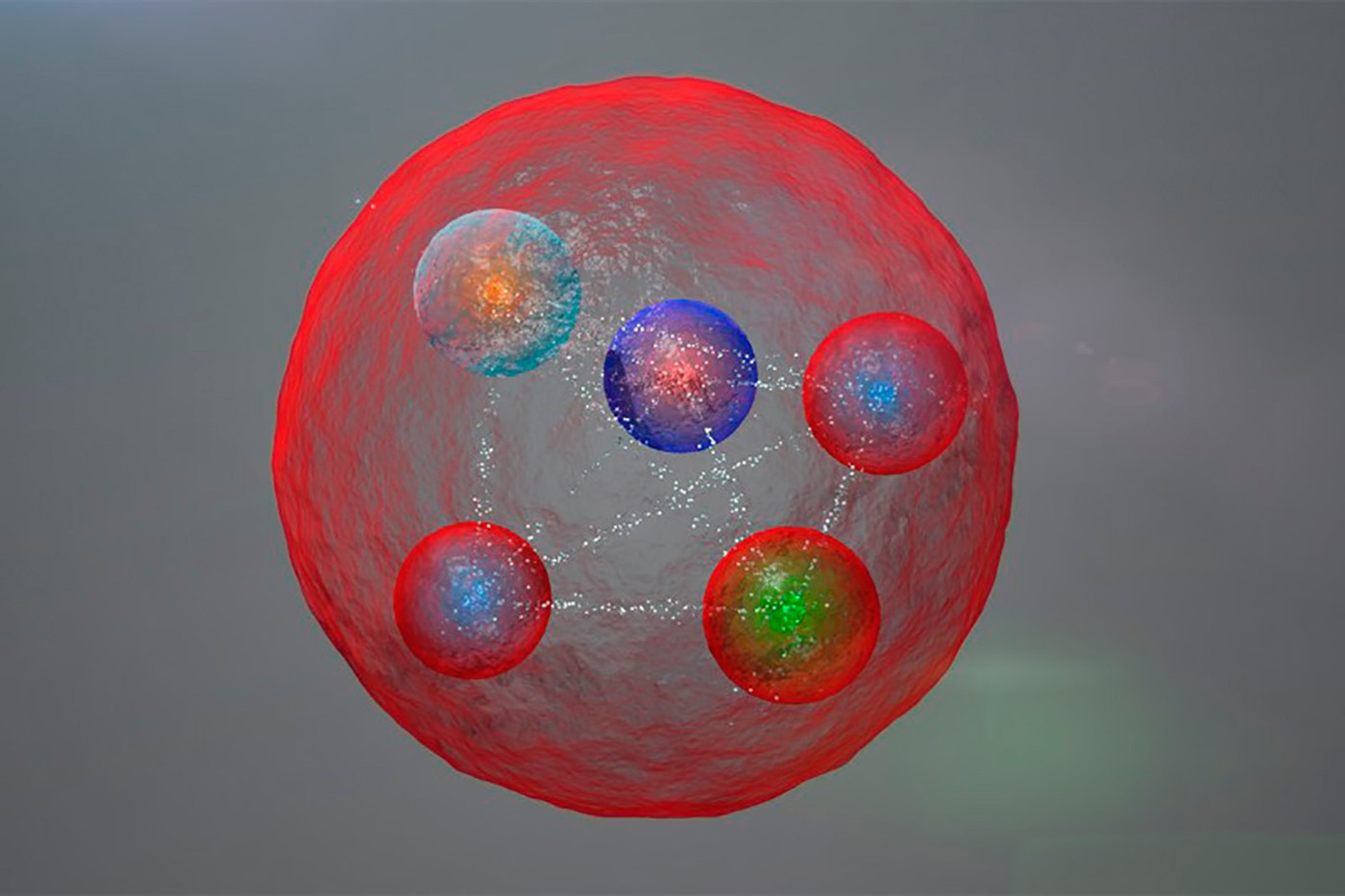
Liquid of the Year
The Martian was released ever so timely: in 2015, Mars remained the main extraterrestrial newsmaker. The Curiosity Rover sends amazing photographs to Earth, and space lovers are following its movement even on social networks.
However, the biggest discovery of 2015 was due to the other rover, launched 19 years ago: the Mars Reconnaissance Orbiter. After analyzing the photos it took and spectrometer data it submitted, scientists concluded that there are salt solutions flowing down the walls of canyons and craters on the surface of the planet in the summer months.
On Earth, live organisms are discovered in the most extreme conditions, so discovering water on Mars became another appeal to the scientists and politicians who finance their work “tо strive, to seek, to find, and not to yield”.
We still consider it possible that life exists on the Red Planet
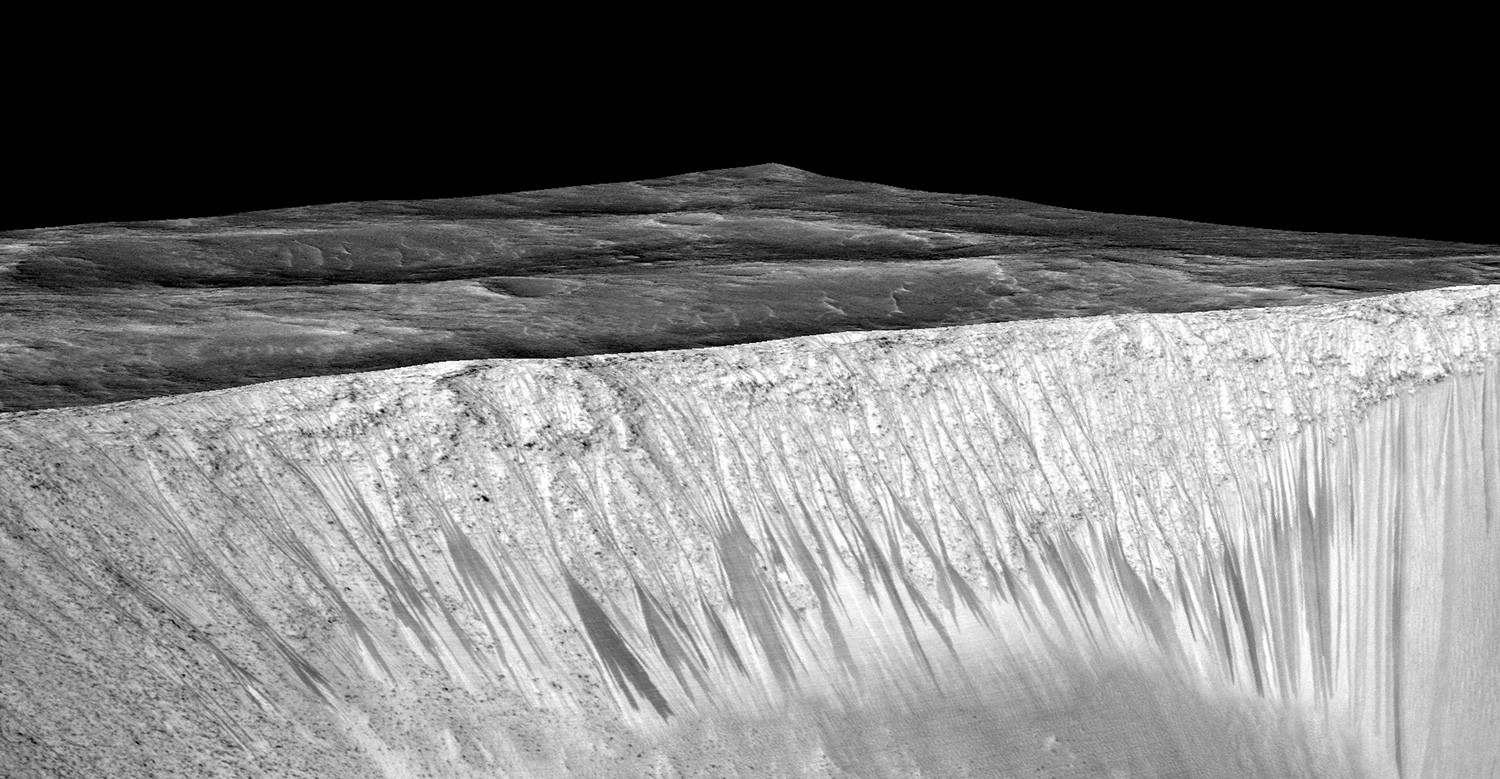
Dualism of the Year
One of the most popular scientific illustrations of 2015 was the photograph of light both as wave and particle at the same time. World media headlines suggested that we were in front of a scientific revolution.
Quantum physics talks about double nature of all objects in the universe. For example, a photon may behave as a wave, like the waves on the water surface, or like a particle, and in this case we may compare it with a ball. Until recently, photons could be observed in one of the two states, but never as both at the same time.
Scientists at the Swiss Federal Institute of Technology in Lausanne (EPFL) found an elegant solution to the problem, although the media were indeed too excited. The famous photograph shows not one photon as both wave and particle at the same time, which is still impossible, but many photons. Some of them behave like waves, and some — like particles.

Exoplanet of the Year
Researchers who work with the Kepler space telescope found more than 1000 confirmed planets beyond our solar system and more than 3000 planet candidates, which will be either granted or denied the status of a planet.
In the summer of 2015, the team reported a long-awaited discovery — planet Kepler-452b, which has a size compatible with the size of the Earth, orbits in the habitable zone of a star, similar to the Sun. On planets in the habitable zone, or Goldilocks zone, it is possible for water to exist in liquid form. If some day humanity will be able to leave our solar system, we will first go to objects like this.
However, so far potential colonists have few reasons to be optimistic: Kepler-452b is 1402 light years away from Earth.
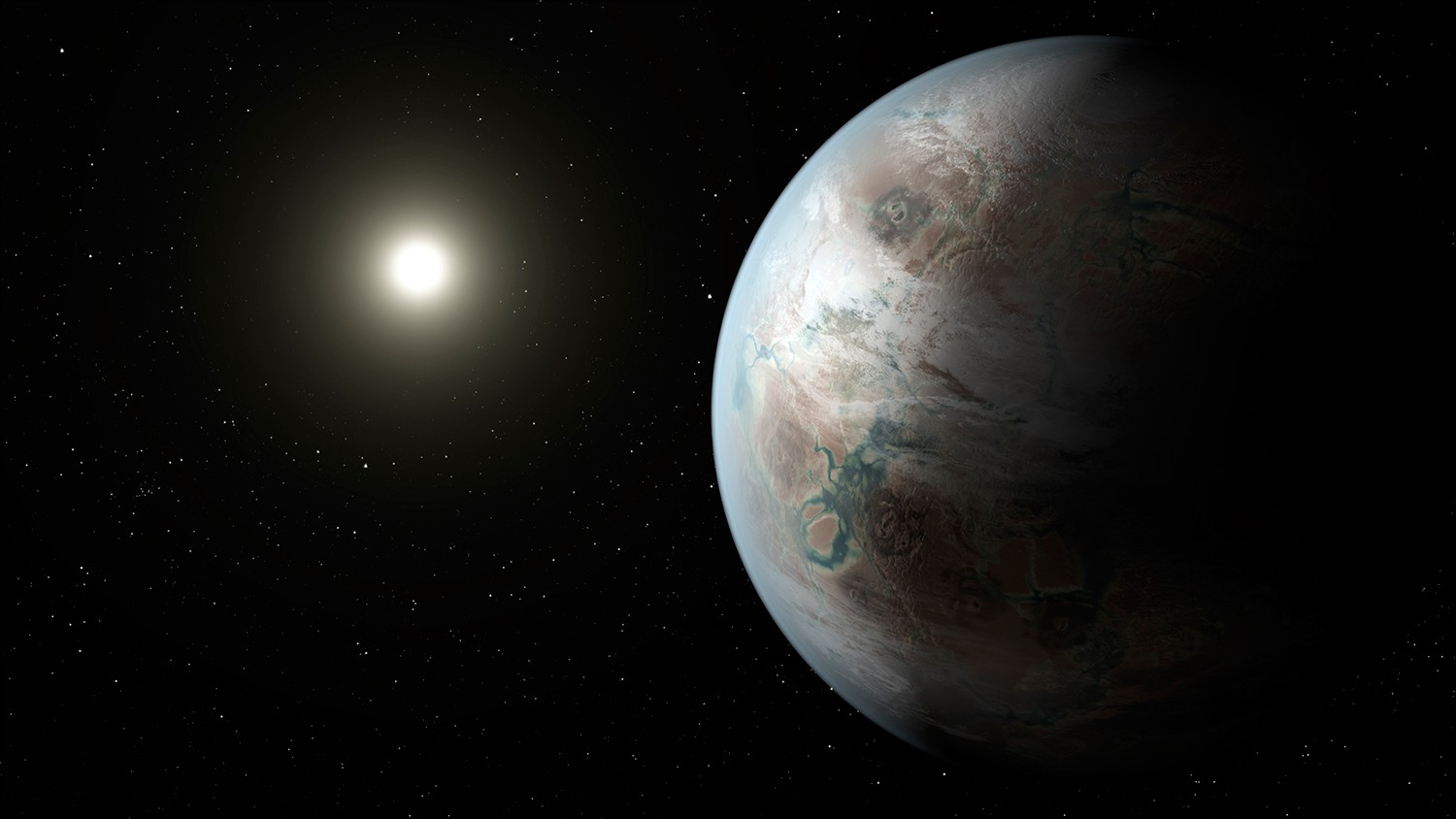
Hope of the Year
In the summer of 2015, the World Health Organization reported that the Ebola vaccine VSV-EBOV, according to the primary results of the trial in Guinea, was 100% effective. Medical professionals tested the vaccine, developed by the Public Health Agency of Canada and produced by American companies, on 4,000 volunteers who contacted with the infected people.
Nobody from the test group got sick.
In the past year and a half, the Ebola epidemic has taken the lives of more than 11,000 people only in Western Africa. The trials of the new vaccine will be continued.

Comet of the Year
The Churyumov–Gerasimenko comet, which somehow resembles a potato, is extremely important for understanding our solar system. Luckily, the main science start of the previous year, the Rosetta probe of the European Space Agency, which was sent to it, continues to work.
In January, scientists reported they discovered dune-like structures on the surface of the comet. How can they form without an atmosphere and stay in the conditions of very weak gravitation? The most feasible hypothesis says that gas and dust emissions work like wind, and the particles are kept together by intermolecular gravitation.
And this was not the last surprise. It turned out that the comet has some sort of climate, formed by its ‘daily cycle’. When the part of the comet, which is covered by ice, faces the Sun, ice turns into steam. When this part of the comet goes dark, its ice surface grows again.
Unlike the water cycle on Earth, comet ‘clouds’ do not pour rain or snow, but fly into open space. With time, this process may deprive the comet of its water stock completely.
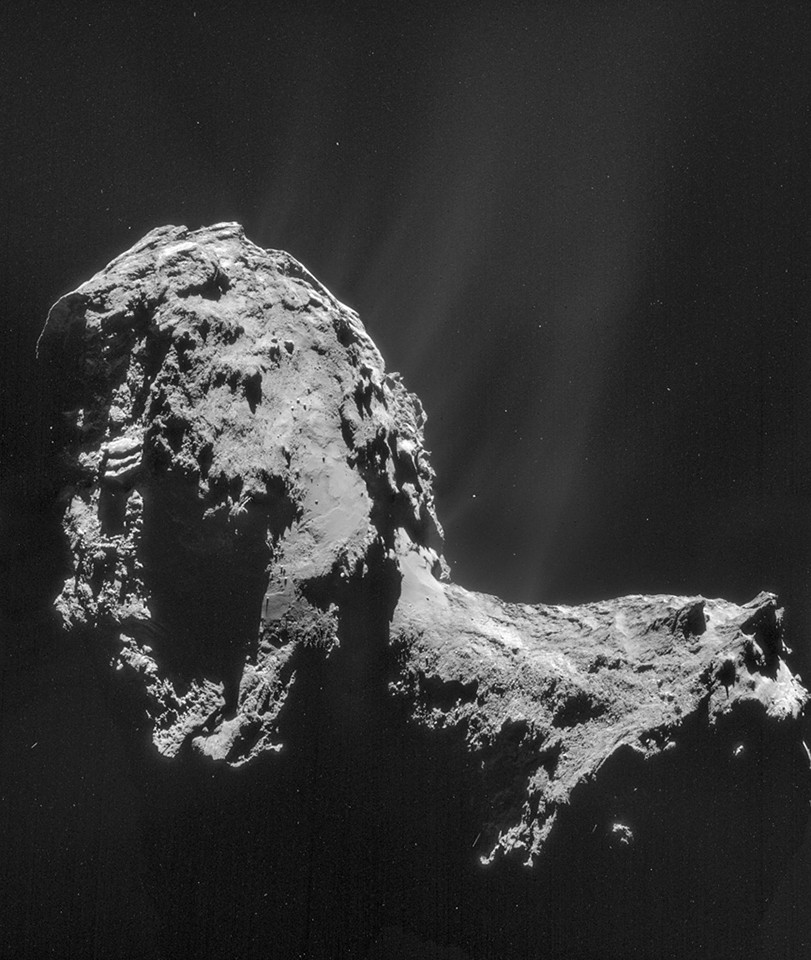
Editor of the Year
In 2015, CRISPR technology, which uses RNA fragments to edit the human genome, helped make a number of scientific breakthroughs. For instance, researchers from Harvard university synthesized separate genes of the extinct wooly mammoth, which code the characteristics of his lipid deposits, ear size, wool coat, and hemoglobin, and with the help of CRISPR/Cas9 technique build them into the DNA of elephant cells. If the process is repeated with elephant egg cells, we can have an elephant that is similar to a mammoth.
Chinese scientists went further. They tried to modify the human gene, responsible for beta thalassemia, a potentially deadly blood disease. In their work they used nonviable embryos, obtained from fertility clinics. They succeeded in replacing the genes in only several embryos out of the 90 that were included in the study. After discovering a large number of undesirable mutations, the scientists stopped the experiment.
This research caused a storm of accusations in being unethical, and Nature and Science refused to publish the results. At the same time, the observers note that if the Chinese keep working in this direction it may lead to enormous progress in the medical field.
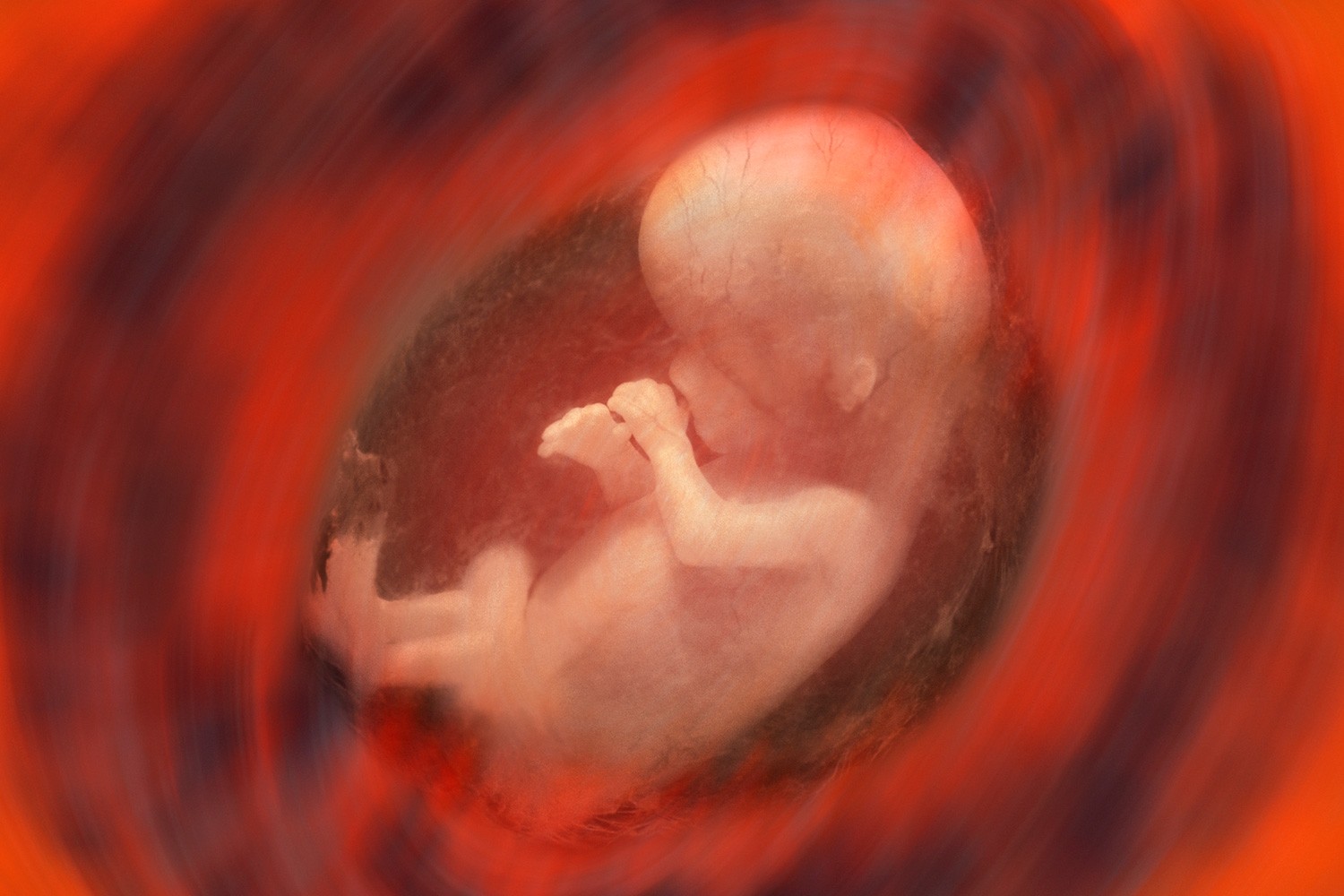
New and best
